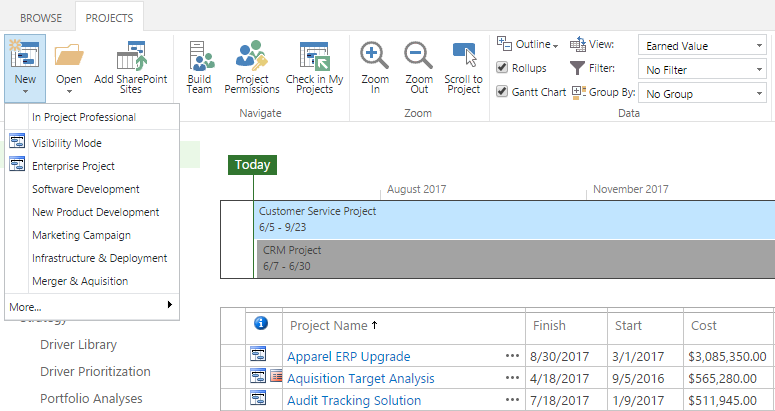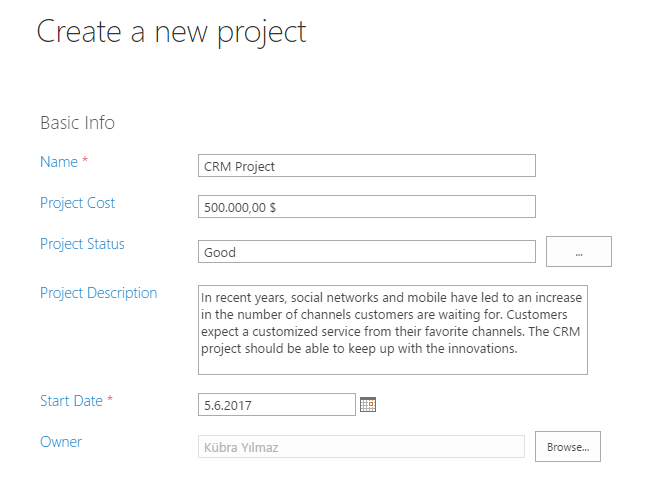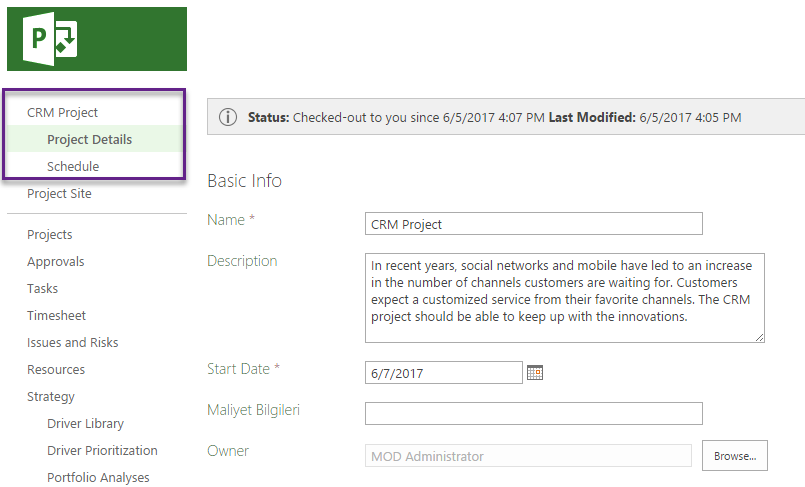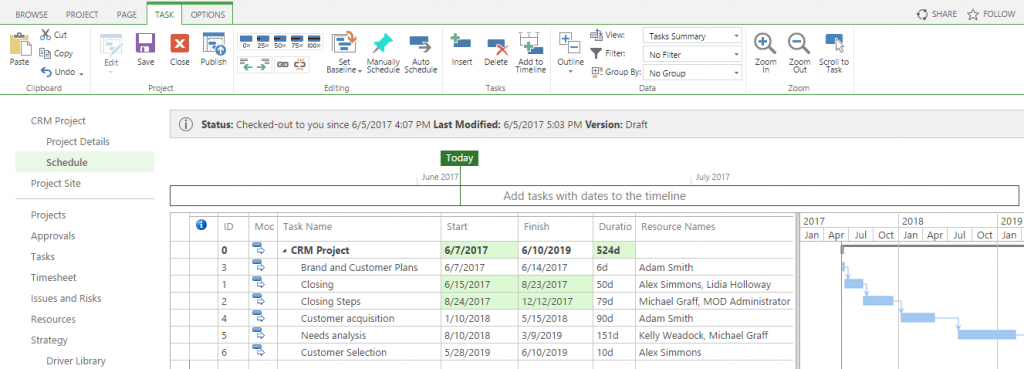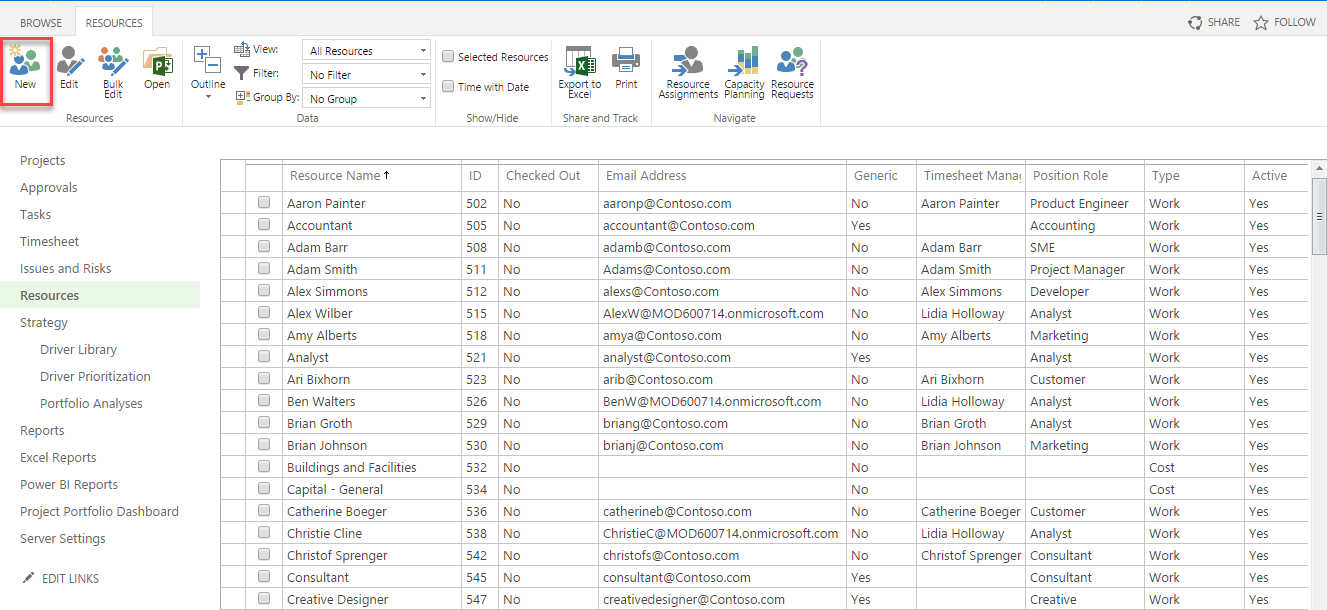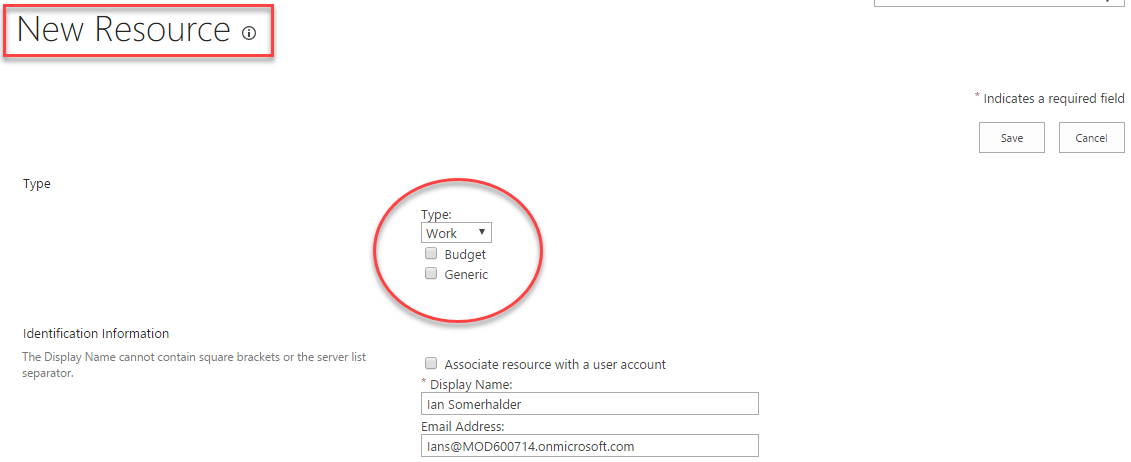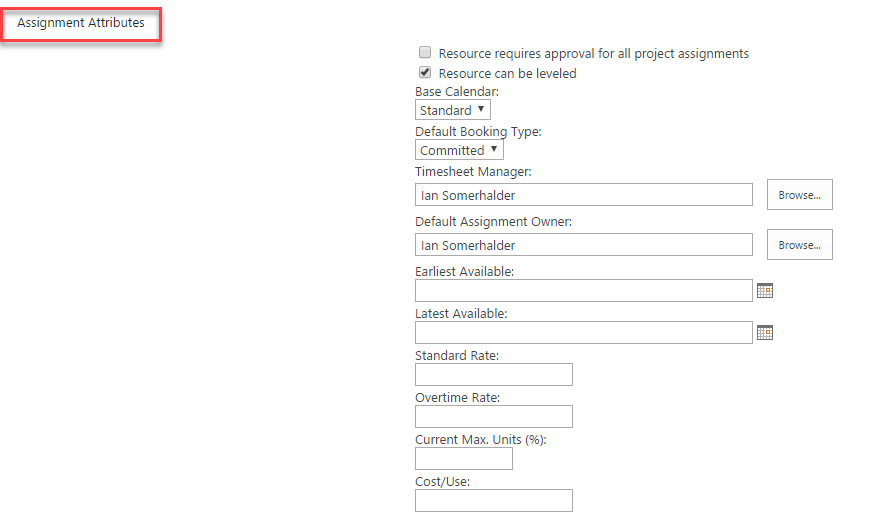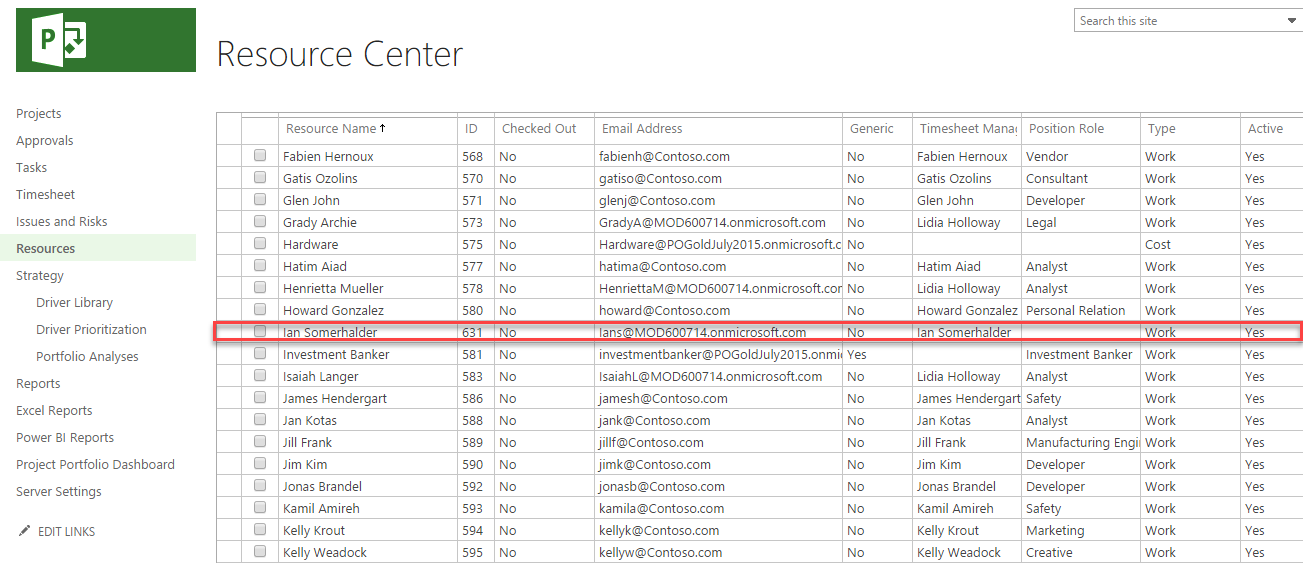It is difficult to choose the right project management solution. Of course, first you need to evaluate if your organization is ready for a PPM tool. [In our previous blog post; ”Are Your Ready fo a PPM Tool?” we discussed important points to consider before buying a tool.]
Then, you need to select a tool that meets your specific project management needs, and can match your existing project portfolio management processes. But that is just the beginning of the journey. Once you have selected a tool for your organization, deploying it and user adoption can be even harder.
User adoption is the mental acceptance and the widespread, rapid end user engagement with new technology as part of their daily work that delivers business value in the required time frame.
People generally resist to change. If the end users in your organization have been managing projects with a different tool (Like Excel) for a long time, even if it is not the most efficient way, they will probably be willing to continue using the same tool/method.
User adoption can take place by a few methods but predominantly address by the ‘big bang’ or the ‘phased adoption.’ We generally recommend phased approach. Regardless of your method of rolling out to the end users, you should have a solid user adoption plan.
When you are deploying a project management solution, or any business system, in your organization, it is important that those who are using the tool not only use it , but like it.
But how do you get end users like the new tool and not think that it’s just some one more bit of admin they should have to do in their day?
Here is the list of quick tips on how to get users to use and like your new project management solution:
- Make sure you get the top management support. Ensure that users are aware of this support. Top management should demonstrate their support (if a management doesn’t support it, the team won’t either)
- Make sure that the tool is easy to use and understand. From creating a project to project planning and managing tasks, the tool must make the job easier, surface the right information at the right time, for each user role. Otherwise people will quickly revert to the old way doing things.
- Involve end users in your action planning (if the team feels like they aren’t heard, they will rebel)
- Have a champion in place who can lead by example and teach others about the tool. Having this person to lead the implementation, the person who really cares about seeing it succeed, can make your life easier in getting users to use and like the system.
- Provide role based training and coaching so that people can get used to the solution. if end users don’t know how to use the tool, they will not use it. The users should know exactly where they can go to find it, and who can give them support if needed. It’s a good practice to organize Q&A sessions and meetings where users can share their experiences. Make sure that each users’ questions are answered and issues are solved. We recommend you have a support portal that users can submit their questions/issues. Build a knowledgebase system.
- Improve PPM discipline maturity and get feedback on the tool. We suggest you take an iterative approach, where you deploy an amount of project portfolio management, usually on the lighter side, that people can start using and quickly see success. Then as you improve the ppm maturity level of the organization and get feedback from users, you can tailor the tool to their specific needs in future iterations of the tool.
Don’t forget that the road to full PPM is a journey while taking small steps to get our final goal.
We are specialized on Microsoft Project Portfolio Management (PPM) platform and we are building user friendly Project and Portfolio Management solutions.
Do not hesitate to contact us for more information.
Şener KARA






